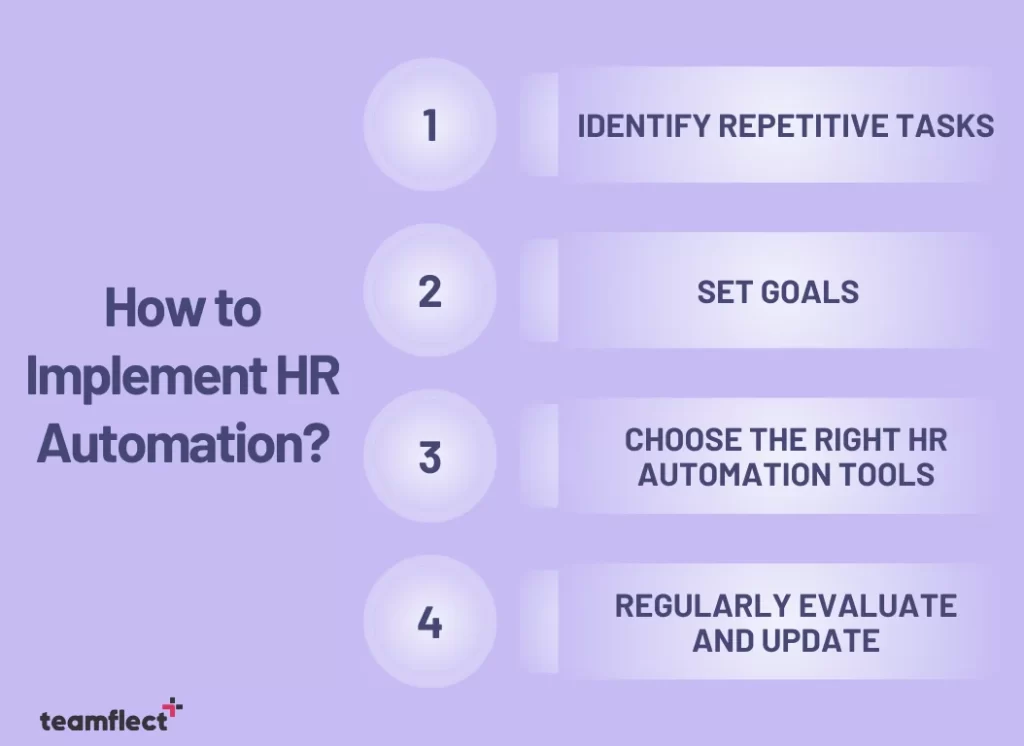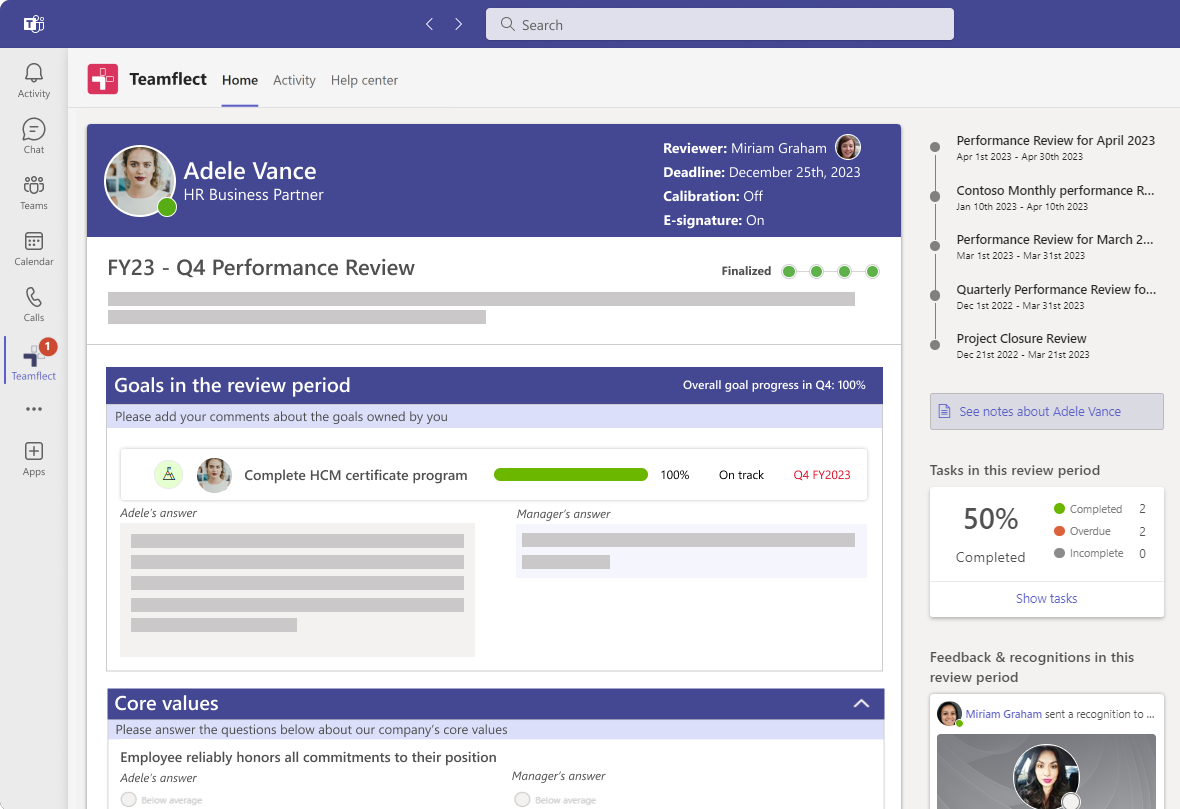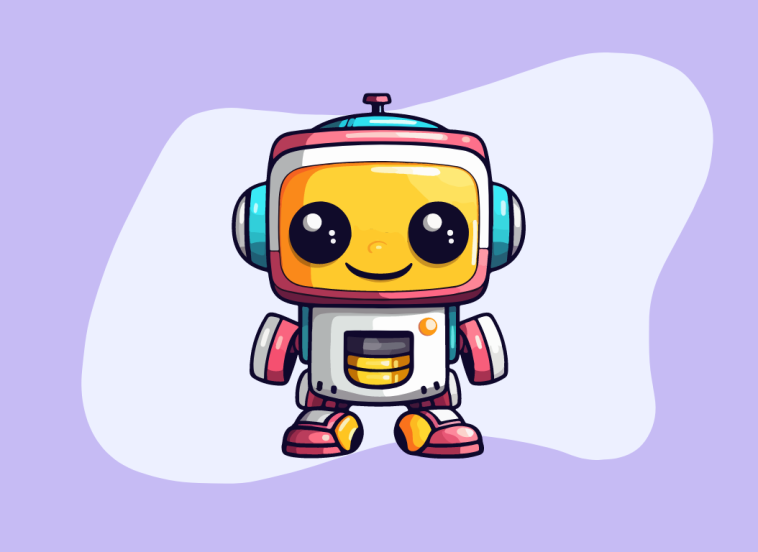Every time someone brings up the discussion of HR automation, or automation in any department, one of the most common knee-jerk reactions often ends up being: “They’re coming for our jobs!” In fact, we are not so innocent when it comes to this discussion.
Fear-mongering about robots boosting unemployment rates aside, HR automation is truly a fascinating and nuanced topic.
The right application of automation in human resources is not only a surefire way of increasing the efficiency of HR departments around the world, but also a great way to boost employee engagement and cut down on costs.
That is why, in this article, we will be covering the basics of HR automation, as well as how you can implement automation in your human resources department while avoiding some of the most common mistakes.
Table of Contents
What Is HR Automation?
At its core, HR automation is all about streamlining and simplifying HR processes through the use of technological tools available.
From recruitment and onboarding to performance management and payroll, HR automation as a concept casts a wide net.
As a process, it encompasses practices such as leveraging software, artificial intelligence, and digital systems to automate repetitive tasks, improve efficiency, enhance accuracy, and create a delightful employee experience.
A common misconception about HR automation is that it involves replacing humans. HR automation isn’t about replacing humans with robots or losing the personal connection that makes HR so special. It’s about finding the perfect balance between technology and humanity.
It’s about empowering HR professionals to be more strategic, empathetic, and impactful in their roles. While using AI in HR may appear a bit intimidating at first it does come with a wide array of benefits.
What Are The Benefits Of HR Automation?
1. Streamlining cumbersome processes
Instead of sifting through stacks of paper or drowning in a sea of spreadsheets, you have a digital assistant handling all the heavy lifting.
HR automation streamlines processes, eliminating manual errors and boosting efficiency. You can bid farewell to mind-numbing paperwork and hello to improved productivity.
2. Improved accuracy and reduced errors
We’re all human. Can we just admit that we make mistakes from time to time? How does that saying go?
To err is human; To automize is AI.
The Robotoic Bible of 2082
But when it comes to HR, even the smallest errors can have significant consequences. HR automation helps minimize the risk of slip-ups by automating repetitive tasks and ensuring data accuracy.
3. Improved employee morale
One of the most common mistakes when discussing automation in the workplace is to only look at it from the perspective of: “Is it going to steal my job!?”.
Instead, we should be focusing on just how easy any form of automation is going to make your day-to-day operations.
More often than not, the workload HR automation takes away from employees are the mundane and boring tasks that they would rather not be doing anyway.
If practiced right, HR automation can help your team kiss those tedious tasks that they are overqualified for, goodbye!
4. Saving you time and money
By automating routine HR tasks, you’ll be saving valuable time and, consequently, reducing costs. Instead of spending hours manually inputting data or shuffling paperwork, you can allocate your time and resources to strategic initiatives that drive business growth. Plus, with fewer manual errors and streamlined processes, you’ll avoid unnecessary expenses down the road.
How To Implement HR Automation? A Step-By-Step Guide For 2024

1. Identify repetitive tasks that need automation
This might seem rather obvious but we have to come out and say it regardless. Before you start talking about automation in HR, first we will have to decide which HR process we will be automating.
Take a good look at your HR processes and identify those pesky tasks that drain your time and energy.
Whether it’s manual data entry, form approvals, or scheduling nightmares, pinpointing these time thieves is the first step towards automation liberation.
So, do you find yourself asking “Which HR processes can be automated?”, here is a brief list of tasks and responsibilities that yield themselves perfectly well to HR process automation:
Sample HR Processes To Automate:
- Employee onboarding and offboarding: Streamline the onboarding process by automating tasks such as document collection, form filling, and access provisioning. When employees leave the organization, automation can handle tasks like exit interviews too. There are some incredible employee onboarding software available that can help automate your onboarding process.
- Payroll processing: HR automation can simplify payroll by automating calculations, tax deductions, and direct deposit transfers.
- Recruitment and applicant tracking: Automate the recruitment process by utilizing applicant tracking systems that streamline job postings, resume screening, candidate communication, and interview scheduling.
- Employee surveys: Conducting employee engagement surveys is another area where HR automation tools can benefit organizations greatly. Just automate your employee survey templates at any interval of your choice.
- Goal setting & tracking: There are many helpful HR automation software such as Teamflect that can help users automate goal check-ins to assist employees in updating and taking ownership of their goals.
2. Set goals. What do you want to achieve through automation?
HR automation, while a crucial concept in modern performance management systems, has the risk of evolving into one of those concepts that workplaces attempt to implement just because of its status as a buzzword.
With the emergence of mainstream AI productivity tools, everyone and their grandmothers are talking about automation in the workplace. While this is an important discussion to have, we need to keep in mind that:
Automation for the sake of automation can be counterproductive.
That is why you need to make sure you know what you wish to achieve by automating these tasks:
- Are you aiming to increase participation rates in engagement surveys?
- Attempting to reduce the time and effort spent on resume scanning?
- Boost employee engagement through a streamlined onboarding process?
Whatever it is you aim to achieve, you need to set goals related to it. As we will discuss in the next entry to this list, HR automation often requires some investment on your part in the shape of HR automation systems.
That is why you need to make sure you set measurable goals for what you are trying to achieve through HR automation.
3. Choose the right HR automation tools
If there is one thing we can say about the amount of tools for human resources automation it is that the market is certainly oversaturated.
While this might make picking the right HR automation platform a bit difficult, it also means consumers have a wide range of HR automation software to choose from. Here is what you should look for when picking an HR automation software:
Scalability and customization
Your organization is a dynamic entity, and so are your HR needs. Choose a tool that can scale and adapt along with your growth.
It should accommodate changing processes, new features, and evolving compliance requirements. Customization options are also a bonus, allowing you to tailor the tool to match your unique workflows.
Integration capabilities
One of the worst scenarios you can find yourself in is the following: You have one tool for recruitment, another for onboarding, and a separate one for meetings and communication.
No matter which HR process you wish to automate and which HR automation tool you go for, you should make sure that it is integrated into the rest of the software you use on a daily basis.
Doesn’t lose the human element
Another key concern with tools centered around automation in HR is losing the human element. While we will be diving into this further in the common mistakes people make with HR automation, we need to mention it here as well.
Automation tools, occasionally tend to cut human participation out of the equation and when you working in HR, that is one thing you can’t afford.
4. Regularly evaluate and update automation processes
HR automation isn’t a practice you will be able to nail on the first attempt. In order to make sure you are getting the most of your investments into human resources automation, you need to measure the efficiency of your automation tools.
Some of the best ways to evaluate your HR automation process is to simply ask the people using those automation tools. You can easily send out surveys to your team by taking advantage of employee pulse survey software.
The Best HR Automation Software
There are plenty of helpful HR automation software available to consumers today. As we stated above, the tool you go for should correlate with the needs of your organization.
What are the best HR automation tools? Here are some helpful HR automation tools you can leverage as you start the process of automating your human resources practices:
Teamflect: Best for onboarding, performance management, and reviews.

Teamflect, to put it simply, is the best HR automation tool for Microsoft Teams users. With complete Microsoft Teams integration, Teamflect offers an all-in-one performance management experience inside Microsoft Teams.
Teamflect is the premier performance management platform for leaders who wish to automate their onboarding process through automated onboarding tasks, as well as automated 30-60-90 day reviews and surveys.
Teamflect also has some impressive automation capabilities when it comes to goal-setting. Being one of the best OKR software for Teams, it lets users create automated goal check-ins for the goals they set.
Looking to automate entire performance review cycles? You can do just that with Teamflect and you wouldn’t even have to leave Microsoft Teams or Outlook.



